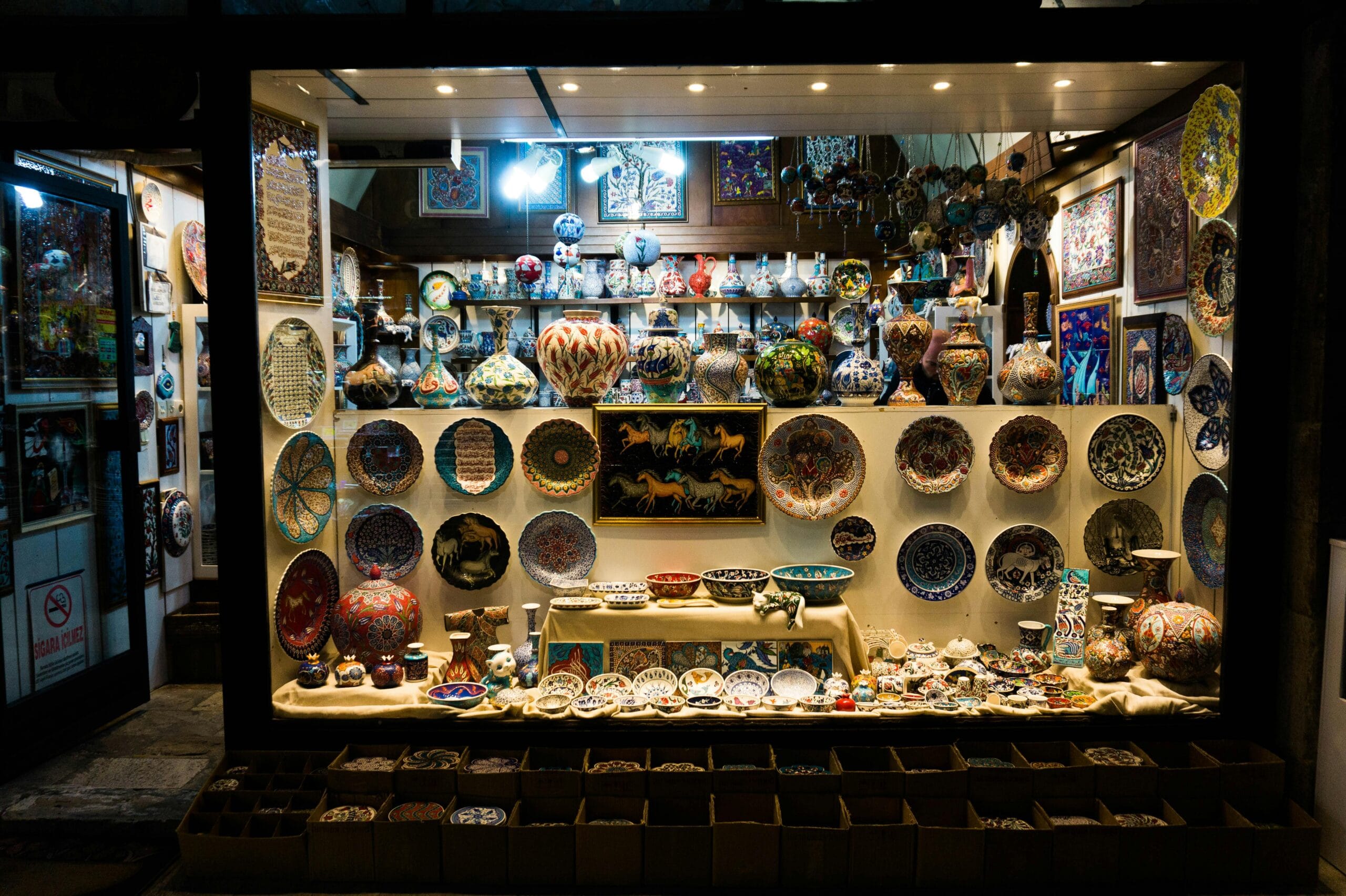
5 Reasons to Use Bandhanwar (Toran) – The Traditional Indian Door Hanging
A. What is Bandhanwar/ Bandarwal ?
Bandanwar decoration also known as toran, is a traditional Indian door decorative item used to adorn the entrance of homes, temples, or any other auspicious space during festivals, weddings, and special occasions. It is essentially a colorful and ornate hanging garland made of various materials such as fabrics, flowers, beads, mirrors, threads, and sometimes even with auspicious symbols or motifs.
Bandanwars are often handmade and crafted with intricate designs, reflecting regional and cultural diversity across India. They come in various shapes, sizes, and designs, ranging from simple patterns to more elaborate and ornate arrangements. Bandanwars are believed to bring good luck and prosperity and are an integral part of Indian festive decorations.
B. Why is bandhanwar used?
Bandanwar, also known as toran, holds cultural significance in Indian traditions and is used for various reasons:
- Decoration: Bandhanwars are used to adorn entryways, offering a warm and festive welcome. It symbolizes hospitality and is believed to bring happiness and good vibes into the household.
- Symbolism: Bandanwars often carry auspicious symbols or motifs. In Hindu culture, certain symbols or designs are believed to bring good luck, prosperity, and ward off negative energies. The toran signifies a warm welcome to guests and is believed to bring blessings to the household.
- Cultural and Traditional Significance: Bandanwars reflect the rich cultural heritage of India. They vary in design, materials, and patterns based on regional diversity and traditions. They serve as a way to showcase the unique artistic craftsmanship of different communities across the country.
- Festive Celebrations: During festivals like Diwali, Navratri, Holi, and other auspicious occasions, bandanwars are used extensively to adorn doorways or entrances as part of the festive decorations. They create a joyful and celebratory ambiance.
- Spiritual Significance: In religious contexts, bandanwars are used in temples and other sacred spaces to mark the sanctity of the area and to denote a boundary between the mundane and the sacred.
Overall, bandanwars hold cultural, spiritual, and aesthetic significance, serving as a symbol of welcome, prosperity, and festivity in Indian traditions.
C. Benefits of Using Bandhanwar in Your Home
The use of Bandhanwars (also known as Torans) holds several benefits, both culturally and aesthetically:
- Cultural Significance: Bandhanwars are deeply rooted in Indian culture and traditions. They symbolize a warm welcome, prosperity, and happiness. They are used during festivals, weddings, and other auspicious occasions, creating an inviting and celebratory atmosphere.
- Aesthetic Appeal: These decorative hangings come in various colors, designs, and materials, enhancing the visual appeal of doorways or entrances. They add vibrancy and beauty to the surroundings, making them aesthetically pleasing.
- Symbolism of Good Luck: Many bandhanwars incorporate auspicious symbols or motifs that are believed to bring good luck, prosperity, and positive energy. In Hindu culture, specific symbols or designs are considered to ward off evil and invite blessings into the home.
- Cultural Diversity: Bandhanwars showcase the diverse artistic traditions of different regions in India. They are often crafted using traditional techniques, reflecting the unique craftsmanship and cultural heritage of various communities.
- Spiritual Significance: In religious contexts, bandhanwars are used in temples and other sacred spaces to denote sanctity and mark the entrance to sacred areas. They symbolize the transition from the secular to the spiritual realm.
- Celebratory Ambiance: During festive occasions like Diwali, Navratri, and other celebrations, bandhanwars contribute to the festive mood by adding a sense of joy and celebration to homes or venues.
D. The Traditional Door Hanging That Welcomes Good Vibes
In Indian homes the traditional door hanging, especially in Rajasthan and Gujarat, you’ll often find something colorful and festive hanging above the main entrance—this decorative item is called a Banderwal. Also known as toran or bandhanwar, it’s more than just décor. It’s a symbol of hospitality, celebration, and tradition. Crafted with beads, fabric, shells, bells, and sometimes even fresh mango leaves or marigolds, the Banderwal is believed to invite positivity and ward off negative energy.
Whether used for everyday decoration or festive occasions like Diwali, Navratri, or weddings, the Banderwal holds a special place in Indian households. Let’s explore its origin, significance, and how you can use one to bring a traditional charm into your modern home.

